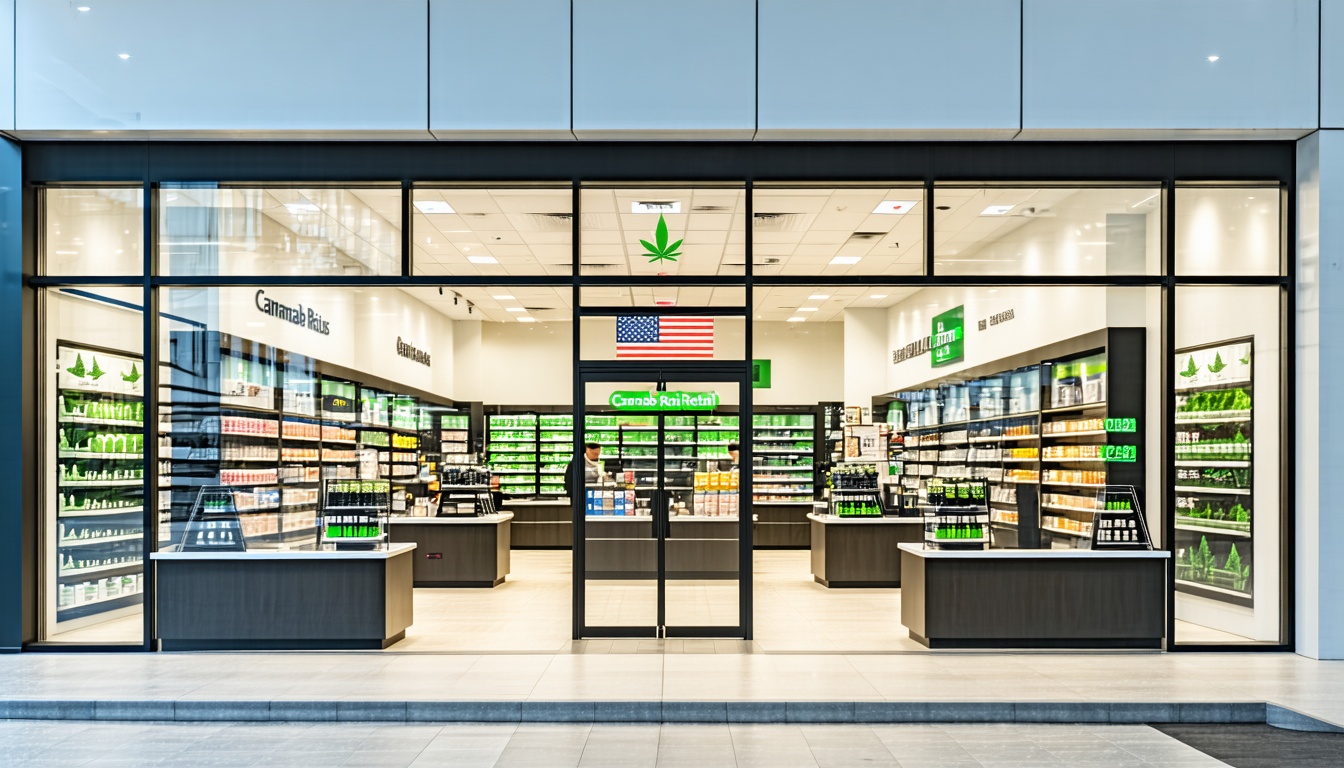The Proper Handling of Marijuana After Harvest Affects Terpene and Trichome Preservation
Recent studies have revealed that the way marijuana is handled after harvest can significantly impact the quality of the final product, particularly when it comes to preserving terpenes and trichomes. The research, conducted by the Cannabis Research Coalition, found that when cannabis flower is dried and cured in a stable environment with controlled vapor pressure, the final product retains more terpenes due to fewer ruptured trichomes.
The studies, which were announced by Cannatrol, a cannabis technology firm, used the company’s equipment to evaluate the effects of different drying and curing methods on the preservation of terpenes and trichomes. The results showed that flower dried and cured using Cannatrol’s Cool Cure technology delivered on average 16% higher terpene retention and better trichome integrity compared to traditional methods.
The Cool Cure technology uses a controlled drying and curing process to minimize environmental spikes and keep setpoints tighter during the drying process. This helps to preserve the integrity of both terpenes and trichomes, resulting in a higher-quality final product.
The preservation of terpenes is important because they are believed to modulate the cannabis experience and may work in tandem with cannabinoids to produce an “entourage effect.” Trichomes, on the other hand, are structures on the flower that produce terpenes, cannabinoids, and other chemical constituents of cannabis.
The studies suggest that a more stable and controlled drying and curing environment can help to better preserve the integrity of both terpenes and trichomes. This can result in a higher-quality final product with better flavor, appearance, and effect.
The research also highlights the importance of understanding the post-harvest process and how it can impact the quality of the final product. By educating cultivators and consumers about the science behind the post-harvest process, it is possible to consistently create high-quality cannabis products that meet the needs of patients and consumers.
In addition to the preservation of terpenes and trichomes, the studies also highlight the potential therapeutic benefits of individual terpenes. For example, myrcene has been shown to have anti-inflammatory properties, while linalool has been found to have a sleep-inducing effect. Caryophyllene has been shown to have analgesic properties, and valencene has been found to have cartilage-protective effects.
Overall, the studies suggest that the proper handling of marijuana after harvest is critical for preserving the quality of the final product.












